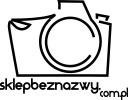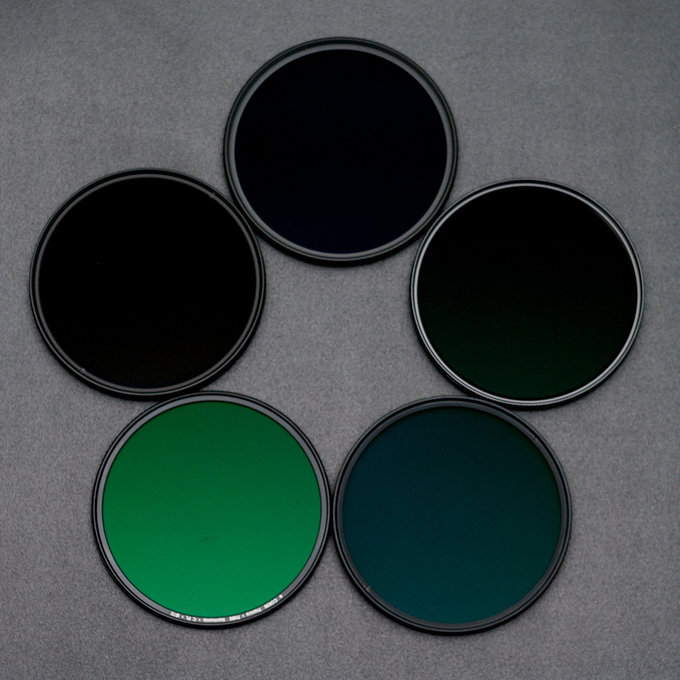Polarizing filters test 2015
1. Introduction
Our previous tests could be found in the following locations:
In the first part you can find chapters concerning the nature of light, polarization and our testing procedure. It’s worth consulting these in order to have a clear idea of the terms and quantities we use in our tests. We made every effort to ensure our procedure is as objective as it is only possible so there was no need to change it this time and you can directly compare all the results. The only change we made concerns the Sigma 17-70, a lens of newer generation. It is also perhaps the last test performed with the Pentax K20D as that camera passed away not a long time after the test - it fought a good fight but now it’s over.
After revising all the results I decided to comment on one of them, the one which has been repeated in tests of all filters so far – the shape of C1 and C2 graphs. It will make the content of the test more concise. As we wrote in the first test the place where those two characteristics cross are the areas of the spectrum where the circular polarizer is indeed circular. In other cases it is elliptic or linear. A perfect circular polarizer is achromatic so it should be circular across the whole visible spectrum, from violet to red. As you can imagine it is very difficult to reach such a characteristic in real life.
Please Support UsIf you enjoy our reviews and articles, and you want us to continue our work please, support our website by donating through PayPal. The funds are going to be used for paying our editorial team, renting servers, and equipping our testing studio; only that way we will be able to continue providing you interesting content for free. |
- - - - - - - - - - - - - - - - - - - - - - - - - - - - - - - - - - - - - - - - - - - - - - - -
All filters which took part in our test were circular in a range from about 500 nm to about 600 nm so from green to yellow. It is good because in the daylight those spectrum components are the most abundant and AF sensors and light transmission sensors are the most sensitive there. We can say in this aspect all the filters performed properly well, there were quarter-wave plates working in the centre of the visible spectrum and the polarizers became linear only in the parts of the spectrum positioned far away like violet light and deep red. There were no slip-ups this time.
In the introduction I would like to deal with some questions concerning the tests which have cropped up on the forum and in other places too. When testing the homogeneity we used a spatial filter so the field was devoid of dots, images of specks of dust and other impurities. The illuminance is not completely homogeneous, it takes a shape of the rotating Gaussian bell curve by nature. The photos included are compressed to the JPEG format but our assessment was based on real images and confirmed by RAW files in order to avoid compression artifacts.
We used the Sigma C 17–70 mm f/2.8–4.0 DC Macro OS HSM lens while measuring the vignetting, scattering and flares. The open air photographs were added to particular tests. The vignetting was measured by using a new lens but it is of no consequence as their apertures and fields of vision remain identical; we just examine the difference in vignetting of the bare lens and then with a given filter attached.
In the further part of the tests we indicate only these differences. All readers who are surprised by the increase of vignetting are invited to read our first test where we explained that mechanism in detail.
Our assessment of reflections, flares etc. is performed in artificial light - only in such conditions we can ensure every filter is tested with the usage of the same sources of light. Tests take some time, the Sun moves on the sky so it would be really difficult to ensure the same lighting conditions for all the filters. A static scene made it possible to create identical conditions for them all, no matter what their make or model was.
In the following chapters we present the results of our tests – enjoy your lecture!
We would like to thank the following companies which have lent us the filters for testing purposes:
 |
 |
 |
 |
 |
 |
 |
 |
 |







